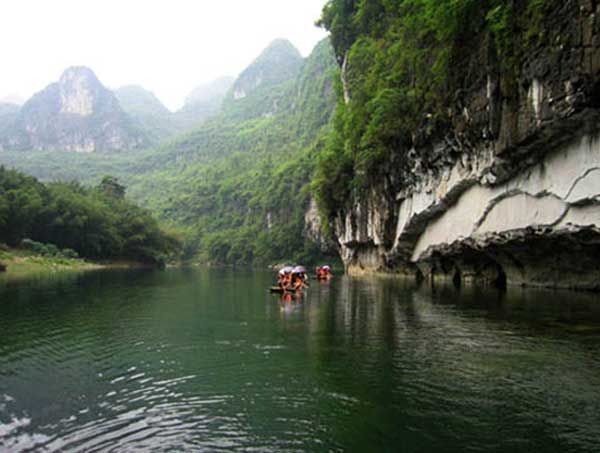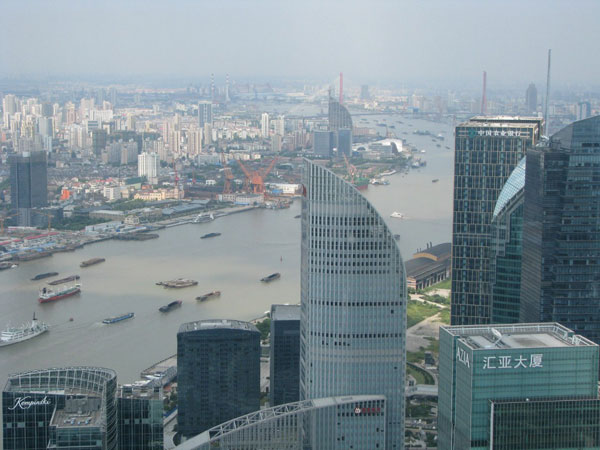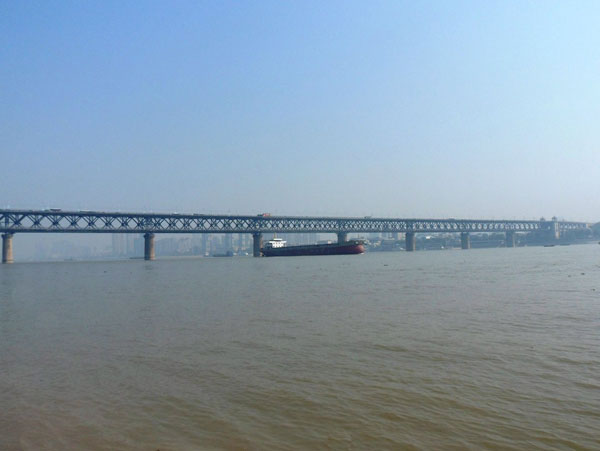The Yangtze (English: /ˈjæŋtsi/ or /ˈjɑːŋtsi/), known in China as the Cháng Jiāng (About this sound listen; literally: "Long River") or the Yángzǐ Jiāng (About this sound listen), is the longest river in Asia and the third-longest in the world. The river is the longest in the world to flow entirely within one country. It drains one-fifth of the land area of the People's Republic of China (PRC) and its river basin is home to one-third of the country's population. The Yangtze is the sixth-largest river by discharge volume in the world.
The Yangtze plays a large role in the history, culture and economy of China. The prosperous Yangtze River Delta generates as much as 20% of the PRC's GDP. The Yangtze River flows through a wide array of ecosystems and is habitat to several endemic and endangered species including the Chinese alligator, the finless porpoise, the Chinese paddlefish, the (possibly extinct) Yangtze River dolphin or baiji, and the Yangtze sturgeon. For thousands of years, the river has been used for water, irrigation, sanitation, transportation, industry, boundary-marking and war. The Three Gorges Dam on the Yangtze River is the largest hydro-electric power station in the world.
In recent years, the river has suffered from industrial pollution, agricultural run-off, siltation, and loss of wetland and lakes, which exacerbates seasonal flooding. Some sections of the river are now protected as nature reserves. A stretch of the upstream Yangtze flowing through deep gorges in western Yunnan is part of the Three Parallel Rivers of Yunnan Protected Areas, a UNESCO World Heritage Site. In mid-2014 the Chinese government announced it was building a multi-tier transport network, comprising railways, roads and airports, to create a new economic belt alongside the river.












